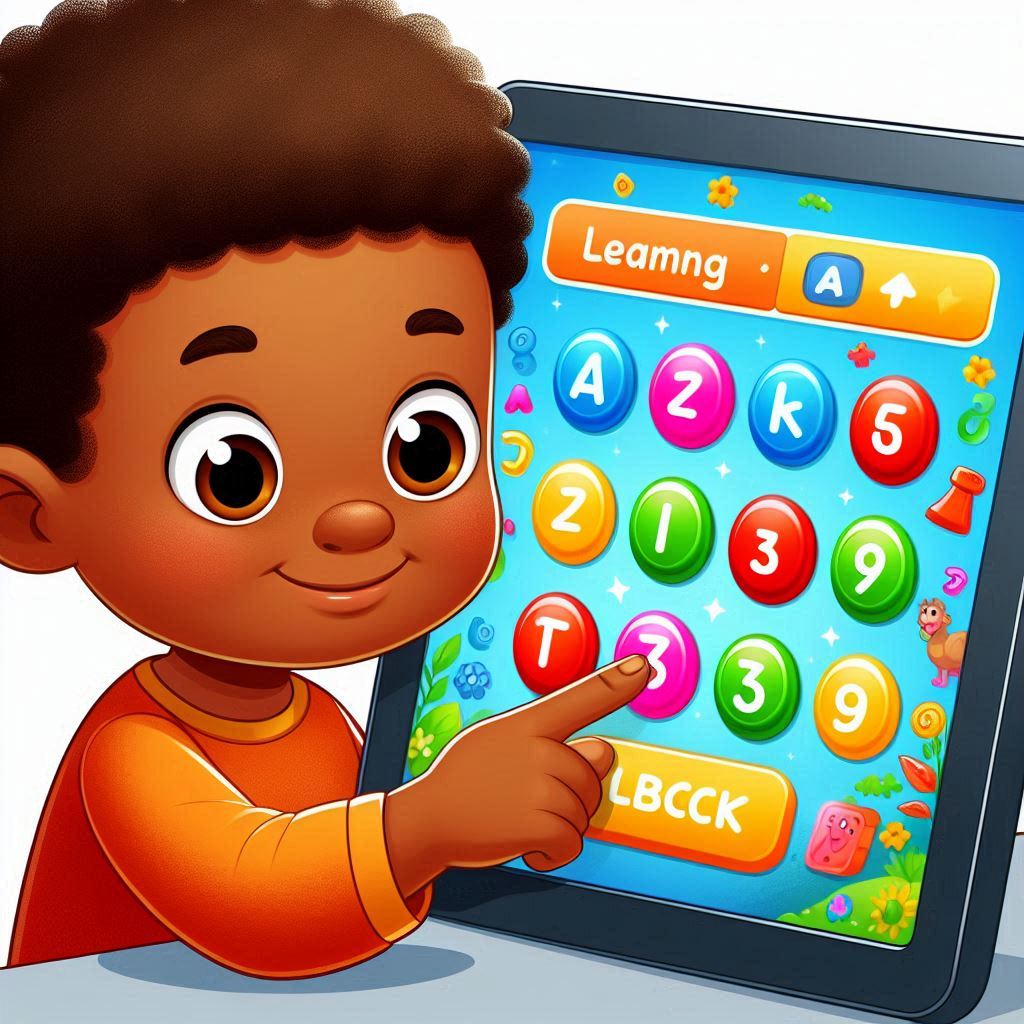Why Interactive Games Help Kids Learn Faster

Learning is an essential part of childhood, and finding ways to make learning more engaging can greatly benefit kids. Traditional learning methods, such as reading books or listening to lectures, can sometimes feel dull or overwhelming. However, **interactive games** provide a fun and effective way to help children learn faster while keeping them entertained.
Interactive games encourage **active participation**, which enhances understanding, memory retention, and problem-solving skills. Whether it’s pressing buttons to answer questions, solving puzzles, or completing challenges, these games provide **real-time feedback** that helps kids learn through experience rather than passive listening.
How Interactive Games Make Learning Faster
Interactive games create an **engaging and immersive environment** where kids can learn without feeling pressured. Here’s how they make learning faster and more effective:
1. Active Participation Strengthens Understanding
Children learn best when they are actively involved in the process. Unlike passive learning methods where they only listen or read, interactive games **require them to take action**. Pressing buttons to answer questions, matching items, or playing memory games **reinforces learning** and helps them retain information better.
2. Instant Feedback Helps Correct Mistakes
One of the key advantages of interactive games is that they provide **instant feedback**. If a child presses the wrong button, they receive immediate guidance, allowing them to understand their mistake and correct it. This quick response system helps them learn from errors and improve faster.
3. Increases Engagement and Motivation
Children naturally enjoy playing games. When learning is presented in a fun and interactive way, they become more **motivated to participate**. Whether it’s a game that involves scoring points, unlocking rewards, or completing levels, the element of challenge **keeps them excited** and eager to learn more.
4. Enhances Memory Retention
Interactive games often involve **repeating tasks, remembering patterns, or following sequences**, all of which improve memory skills. Games like "press the right button in the correct order" or "match the right answer to earn points" train the brain to retain information for a longer time.
5. Develops Problem-Solving and Critical Thinking Skills
Many interactive games require kids to **think strategically** to find the correct answer. Whether it’s choosing the right button, figuring out a puzzle, or making decisions within a game, these activities **sharpen their critical thinking skills** and enhance their ability to solve problems effectively.
Types of Interactive Games That Improve Learning
There are many types of interactive games designed to enhance learning. Here are some that are particularly effective:
1. Button-Clicking Learning Games
These games involve pressing buttons to answer questions or complete tasks. For example, pressing "Easy," "Medium," or "Hard" buttons to choose a difficulty level and get immediate feedback helps children **build confidence and improve decision-making skills**.
2. Memory and Matching Games
Games that require children to **match images, numbers, or words** help improve their memory and recognition skills. By recalling where certain objects are located or remembering sequences, kids **strengthen their cognitive abilities**.
3. Puzzle and Logic Games
Puzzle-based interactive games challenge kids to **think critically and find solutions**. These games help develop logical reasoning and **enhance their ability to analyze situations**.
4. Sound and Color Recognition Games
Interactive games that use **sounds, colors, and images** help younger children develop sensory awareness. Pressing a button to hear a specific sound or match a color with an object improves their **learning experience in a fun and engaging way**.
Why Kids Enjoy Interactive Learning Games
Children love interactive games because they combine **fun and education**. Here’s why these games are so enjoyable:
- Exciting Challenges: Many games include different levels and rewards, making learning a fun adventure.
- Engaging Visuals and Sounds: Bright colors, animations, and sounds make the learning process more immersive.
- Friendly Competition: Scoring points or competing with friends adds an element of excitement.
- Sense of Achievement: Completing a challenge successfully boosts confidence and encourages kids to keep learning.
How Parents Can Encourage Interactive Learning
Parents play a key role in supporting their children’s learning journey. Here are some ways they can encourage interactive learning:
- Choose the Right Games: Pick interactive games that match your child’s age and interests.
- Encourage Regular Play: Let kids play these games consistently to reinforce learning.
- Balance Screen Time: Ensure that interactive learning is combined with physical activities.
- Participate in Games: Playing together makes the experience more fun and strengthens family bonds.
Conclusion
Interactive games provide an excellent way for children to **learn faster, stay engaged, and develop important cognitive skills**. Unlike traditional learning methods, which can sometimes feel boring, these games turn learning into an enjoyable experience.
By combining **active participation, instant feedback, and engaging challenges**, interactive learning games help children **improve memory, enhance problem-solving abilities, and boost confidence**. Whether it’s a button-clicking game, a matching puzzle, or a logic-based challenge, these games offer valuable educational benefits while keeping kids entertained.
As technology continues to advance, interactive games will become an even bigger part of education. By using these games in a balanced and meaningful way, children can enjoy learning and develop skills that will help them succeed in school and beyond.